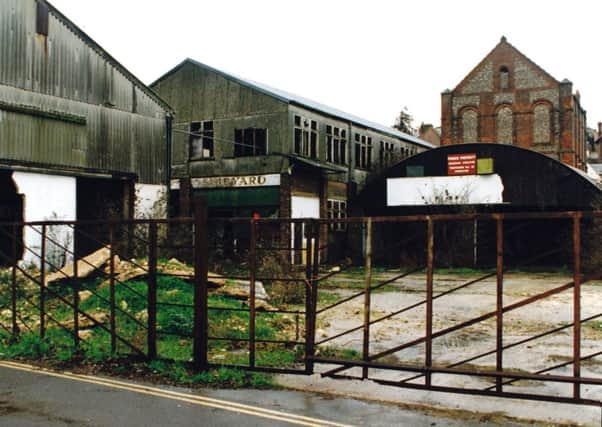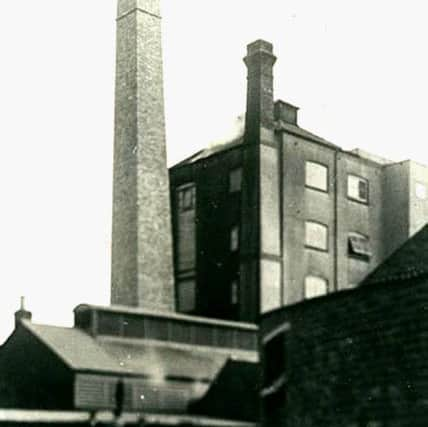Town’s history is explored on historic walk in Arundel


Commencing at the Lido car park you see the gleaming white old Oast House, originally used for drying hops for brewing, and if you follow the passage leading to the High Street, Maltsters Cottage can be seen.
The date stone on this building is 1789 and it is believed to have been built for George Puttock.
Advertisement
Hide AdAdvertisement
Hide AdThis passage opens into the High Street beside Gaskyn’s Café and Restaurant which was probably the Malt House, where grain was converted into malt. This building was also, at one time, a Hare’s garage.


Before that, in about 1912, it had been Arundel’s first cinema, the Electric Palace. Directly opposite, from 1939, was the Arun Cinema which was demolished in 1959 with another garage then being built on the site.
The area from Queens Lane down to the river was all owned by George Constable and the Swallow Brewery, whose brewhouse and tall chimney towered above the street. At the rear of the current Co-op store you can still see the remaining base of this chimney and some of the surviving brewery buildings with their clerestory windows in the roof.
Now, retrace your steps to Queens Street and then cross the bridge, bearing left. The laid-out flower beds by the riverside are on the site of an old corn store that burnt down in 1930.
Advertisement
Hide AdAdvertisement
Hide AdContinuing on to River Road, the Swan Inn on your right is opposite the site of the old Southdown Bus Station and the old warehouse where the town fire engine was located.
Opposite this was Bartlett’s steam mill which used to grind corn. Its large chimney was removed in 1982 and the mill was converted and extended into apartments.
In front of this, just to the left of the entrance to Crown Yard car park, was George Stedman’s blacksmith’s shop.
The large white building by the river is the old salt warehouse, which was converted to flats.
Advertisement
Hide AdAdvertisement
Hide AdBut it had been built about 1800 to originally store salt, salt-preserved meat and fish and, until the mid-20th century, it was slate-hung.
Beyond the salt house and across the river you can see, with its semi-circular window, one of the town’s old slaughter houses.
A hundred yards further on we would have entered what was the Nineveh Shipyard where vessels of up to 200 tons were built from Tudor times until the 19th century.
The road stopped here and all large traffic was via the river with a large, narrow-gauge railway from the river into the shipyard and a crane to unload the timber ships.
Advertisement
Hide AdAdvertisement
Hide AdAs ship building declined, river barges were constructed and repaired here until the end of the 19th century when the site became a sawmill that survived until the middle of the 20th century.
During the second world war the sawmill produced various items for the war effort, from tent pegs to parts for motor torpedo boats. A fascinating model of the mill can be seen in the town museum.
This route is the first part of our walk. Next month part two will continue along River Road, up Arun Street then along Tarrant Street, finishing at the High Street.
• This walk, compiled by the author, is just one of a selection of Arundel Museum’s Original Historic Arundel walks on offer from £3 to £5.
Advertisement
Hide AdAdvertisement
Hide AdGroup bookings can also be arranged. For more details, contact Arundel Museum on 01903 885866 or email [email protected]
Forthcoming events at Arundel Museum
• February 17, 19 and 21, 10.30am-3pm, half-term activities including crafts, stories, catapults, shields, costumes and sketching.
• March 7, 7pm, talk on Literary Diaries by playwright Simon Brett as part of National Book Week.
• March 20, Worth Every Scent, talk by Andrew Warren on the perfume industry, 7.30pm.
• March 21, 5pm-6pm, talk on Magnetic Force in Engineering as part of Science and Engineering Week.